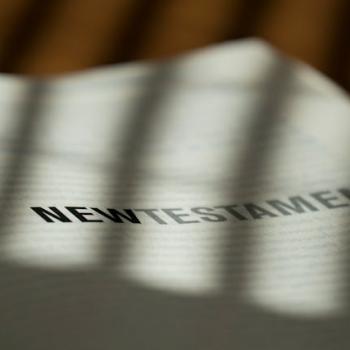While Church history could furnish hundreds of similar examples, a more recent tale of transformation speaks in particular to the motifs outlined by Rowling and O'Brien.
In the mid-1980s, before entering the priesthood, Fr. James Martin, S.J., toiled away in Manhattan in a finance department for GE. He made a fine salary and was recommended for promotion, but success concealed turmoil. In his book Becoming Who You Are: Insights on the True Self from Thomas Merton and Other Saints, Martin writes of the "false self" that he acquired during this time:
The self that I had long presented to others—the person interested in climbing the corporate ladder, in always being clever and hip, in knowing how to order the best wines, in attending the hottest parties, and in getting into the hippest clubs, in never doubting my place in the world, in always being, in a word, cool—that person was unreal. That person was nothing more than a mask I wore. And I knew it.
It would take many months of self-scrutiny and prayer, but Fr. Martin would eventually strip away the false self to light upon the person he truly desired to be, which was more Thomas Merton than Jack Welch. Martin had to fail: not at life, but at something he didn't want, a "perceived ideal" of achievement. Once he acknowledged this, he was finally set free, and he found the community—the vocation—where he was meant to flourish.
I don't mean to suggest too close an identity between the paths of St.
If those are some of the compelling questions, the journeys of St. Ignatius and Fr. Martin may provide some answers.




